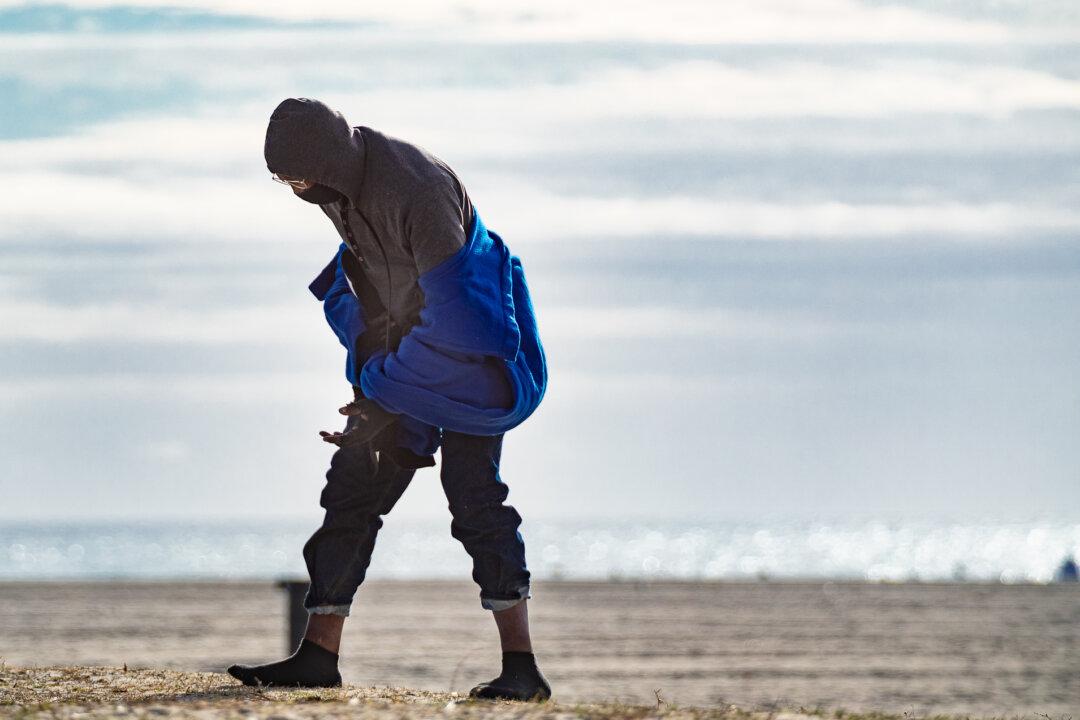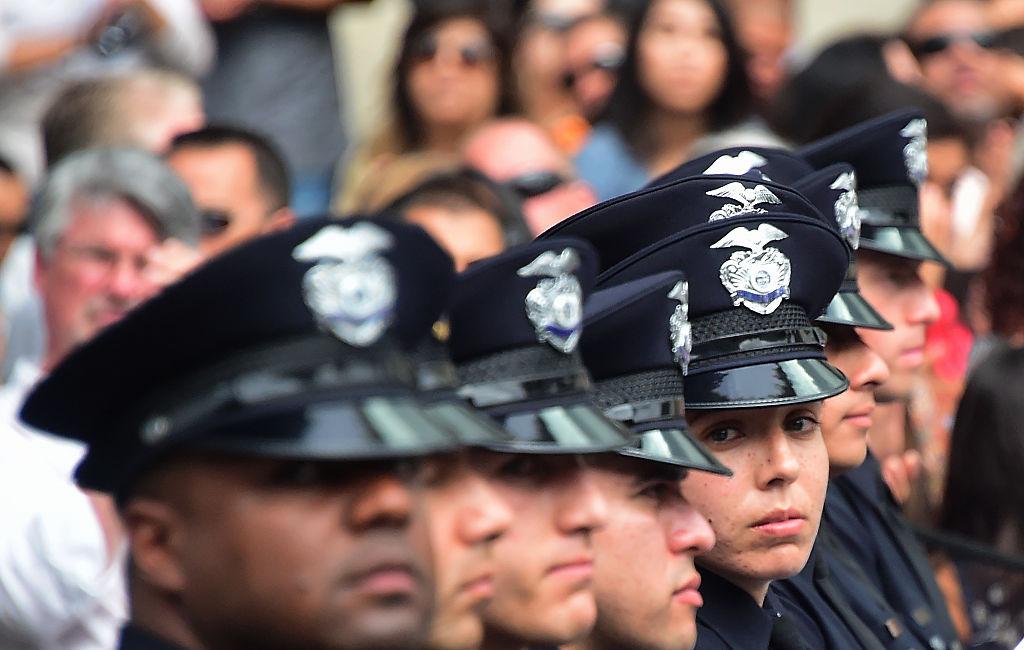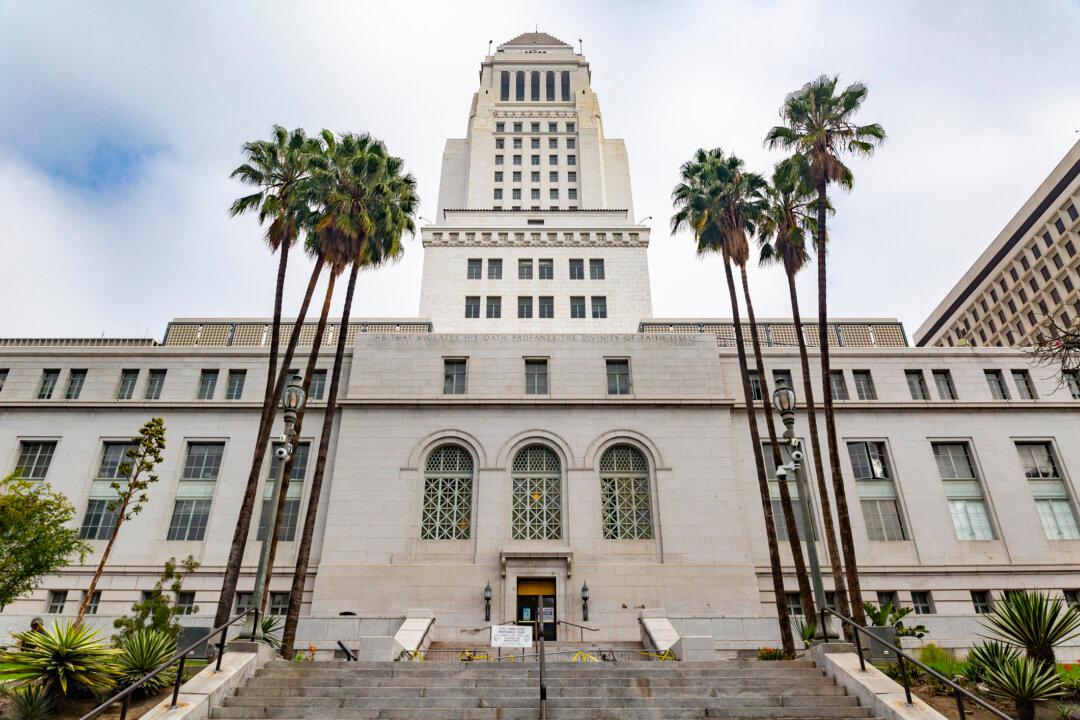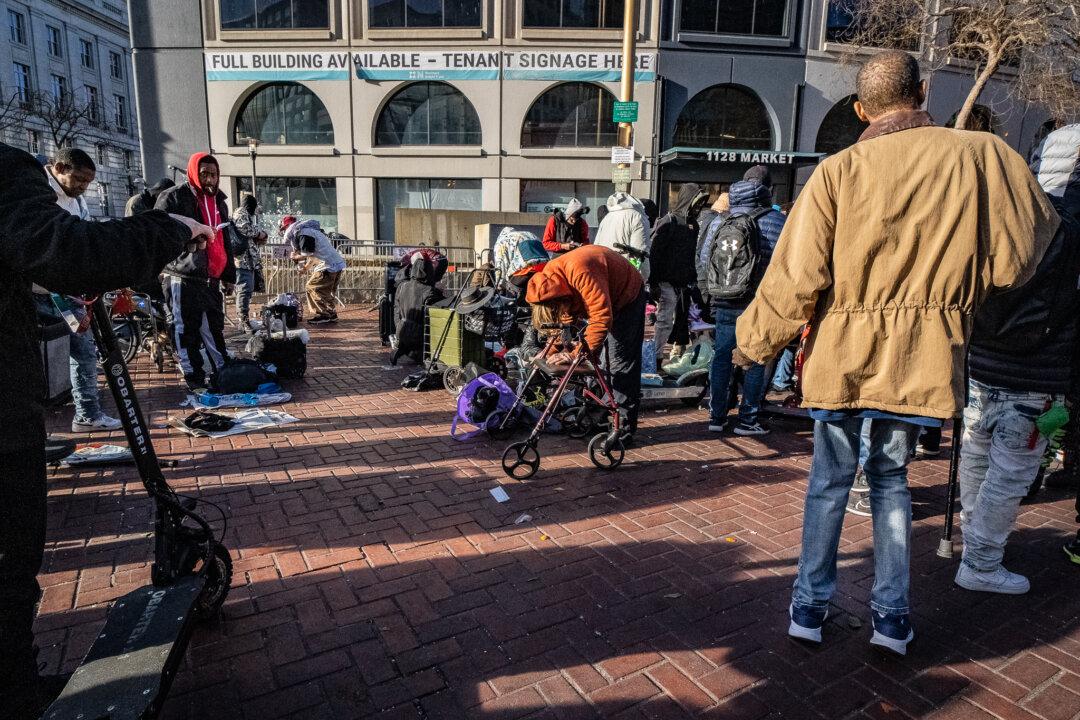LOS ANGELES—When Brian Ulf says it’s a problem that the weight of homelessness throughout Los Angeles County has landed squarely on the shoulders of a few cities, he should know.
A recovering alcoholic who sits on the board of the Los Angeles Homeless Committee, he’s well aware of the problem. Now he’s trying to be part of the solution—but when he looks around Venice Beach in Los Angeles on a bleak winter’s day—at the scattered garbage, littered encampments, and damaged people—it’s hard to be optimistic.





